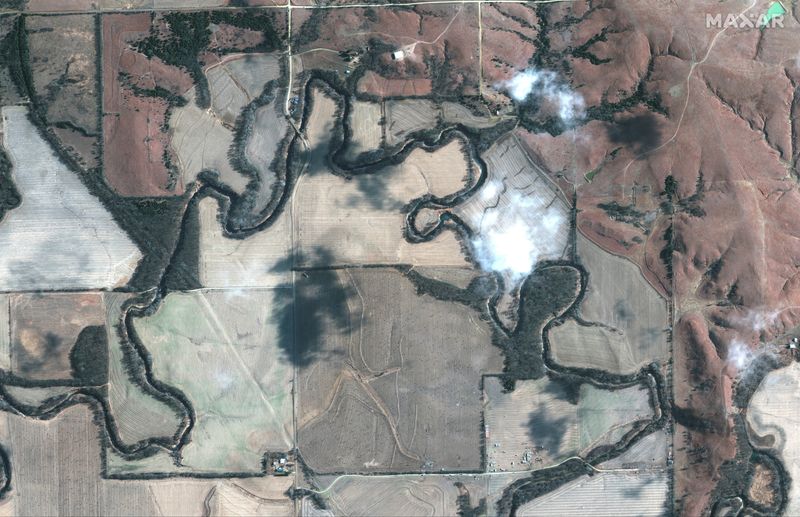Keystone pipeline is not working traders worried
2022.12.12 11:27
[ad_1]

Keystone pipeline is not working traders worried
Budrigannews.com – On Monday, traders expressed concern regarding TC Energy’s (NYSE:) After the largest oil spill in nearly a decade, the leak of more than 14,000 barrels of oil last week necessitated Corp’s cleanup efforts in order to restart its Keystone pipeline.
After the spill was discovered late last Wednesday, TC Energy shut down the pipeline. Sunday, the company stated that regulators will need to approve the restart of the line, which reaches the Gulf Coast of the United States, as it has not yet identified the source of the leak.
Heavy Canadian crude is transported from Alberta via the 622,000 barrel-per-day Keystone line to refineries on the Gulf Coast and Midwest of the United States. Delivery of Canadian crude to the U.S. storage hub in Cushing, Oklahoma, as well as to the Gulf, where refiners process it or export it, is anticipated to be hampered by the shutdown.
Another dealer with headquarters in the United States stated, “For the most part, there is concern in the trading community (the pipeline) is not up yet.”
Analysts said that storage levels in Cushing, Oklahoma, could reach the operational minimum of 20 million barrels if the outage lasts longer than 10 days.
More EU looking for new investments in Energy
The U.S. benchmark rose 4% to approximately $73.90 in morning trade on concerns that the pipeline outage would reduce supplies at Cushing, which is also the delivery point for West Texas Intermediate crude futures (WTI).
On Monday, prices for sour crude grades in the United States Gulf of Mexico rose as a result of the shutdown’s increased demand for heavier Gulf barrels. According to one trader, differences between Magellan at East Houston and WTI Midland crude were weakening, keeping Cushing levels stronger and exports weaker.
On Sunday, TC Energy stated that more than 250 individuals, including environmental specialists from third parties, are working on the leak. The Pipeline and Hazardous Materials Safety Administration (PHMSA) and the Environmental Protection Agency of the United States are also on the scene. PHMSA will have to decide when the line can be restarted safely.








